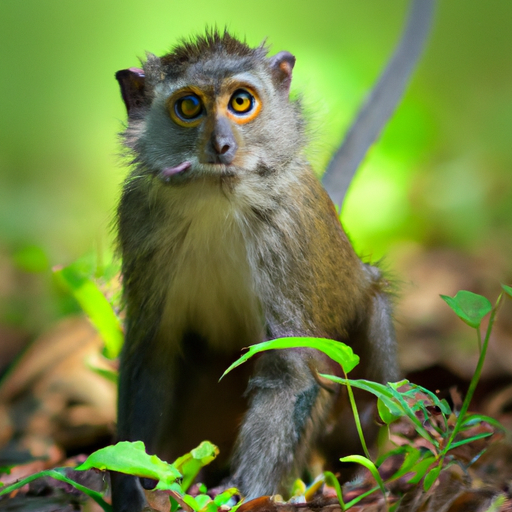 Introduction:
Introduction:
The delicate balance between humans and animals has been an ongoing debate for centuries. The question of whether animals and humans can coexist harmoniously has become increasingly relevant in today’s world due to the continued encroachment of humans into natural habitats, the impact of climate change, and the rise in animal rights advocacy. This article aims to explore the various aspects of this complex issue, including the challenges we face, potential solutions, and the importance of cultivating a harmonious relationship between humans and animals.
Challenges:
One of the key challenges in coexisting with animals is the conflict that arises when humans and animals compete for resources. Humans have long relied on natural resources for their survival and development. As populations continue to grow, the demand for land, water, and food increases, often at the expense of wildlife habitats. This encroachment leads to habitat loss, fragmentation, and degradation, which disproportionately affects vulnerable animal populations. Additionally, the increased interactions between humans and animals can result in property damage, agricultural losses, and even fatalities.
Another challenge is the negative impact of human activities on animal populations. Pollution, deforestation, climate change, and poaching are just a few examples of human activities that threaten animal species worldwide. These activities disrupt ecosystems, alter natural habitats, and cause irreparable harm to animal populations. Furthermore, animal exploitation in industries such as agriculture, entertainment, and fashion has raised ethical concerns and sparked debates surrounding animal rights.
Potential Solutions:
While the challenges seem daunting, there are numerous potential solutions that can help bridge the divide between humans and animals.
1. Conservation and habitat restoration: Investing in conservation efforts and habitat restoration projects can help protect and restore animal habitats. This can involve the creation of protected areas, reforestation programs, and the implementation of sustainable land-use practices.
2. Sustainable development: Adopting sustainable practices in agriculture, fishing, and forestry can minimize the impact on natural habitats and reduce the conflict between humans and animals. Promoting responsible consumption and supporting eco-friendly industries can also contribute to a more sustainable future.
3. Education and awareness: Raising awareness about the importance of coexistence and the impact of human activities on animals is crucial. Educating communities, especially those living in close proximity to wildlife, about the benefits of conservation and the potential consequences of unsustainable practices can foster a sense of responsibility towards their natural surroundings.
4. Legislation and regulation: Implementing and enforcing strict laws and regulations to protect animal habitats and prevent illegal wildlife trade is paramount. Collaborating with international organizations and governments to establish wildlife corridors and protected areas can ensure the long-term survival of many animal species.
5. Technology and innovation: Harnessing the power of technology and innovation can aid in mitigating conflicts between humans and animals. For instance, developing non-lethal methods of deterring wildlife from agricultural lands, using drones for anti-poaching efforts, and employing advanced monitoring systems can help reduce human-animal conflicts.
Importance of Coexistence:
The importance of coexistence between humans and animals cannot be overstated. Firstly, animals play a significant role in maintaining the balance of ecosystems. They contribute to pollination, seed dispersal, and nutrient cycling, which are essential for the health and functioning of ecosystems. Losing animal species can lead to cascading effects, as it disrupts the intricate web of life.
Secondly, animals provide numerous ecosystem services that directly benefit humans. From regulating pests to providing food and medicines, animals are intricately linked to our well-being. Additionally, observing and interacting with animals can have profound psychological and emotional benefits for humans, fostering a deeper connection with the natural world.
Furthermore, cultivating a harmonious relationship with animals promotes empathy, compassion, and respect for all living beings. It is a testament to our ability to coexist and share the planet with other species, recognizing that their existence is as valuable as our own.
Conclusion:
Achieving harmonious coexistence between humans and animals is a complex and multifaceted endeavor. It requires a collective effort from individuals, communities, governments, and international organizations to address the challenges and implement sustainable solutions. By recognizing the importance of animals in our ecosystems, respecting their rights, and adopting responsible practices, we can create a world where humans and animals thrive together. Only through coexistence can we ensure a future where both humans and animals can enjoy the beauty and richness of our shared planet.
